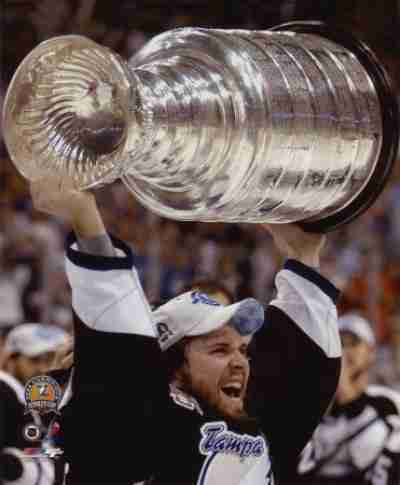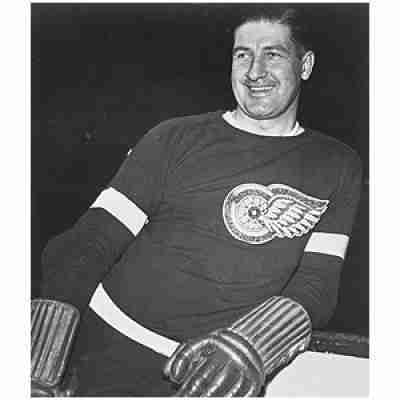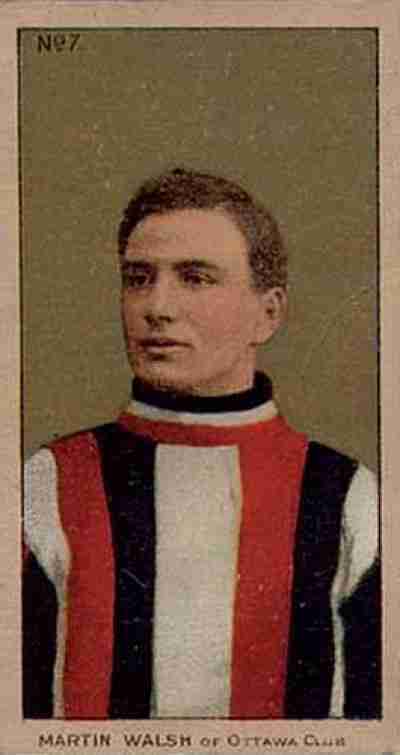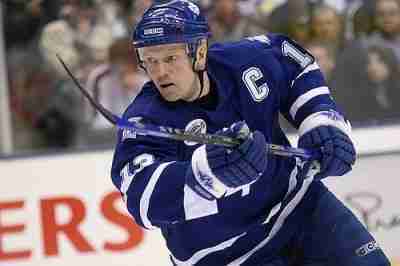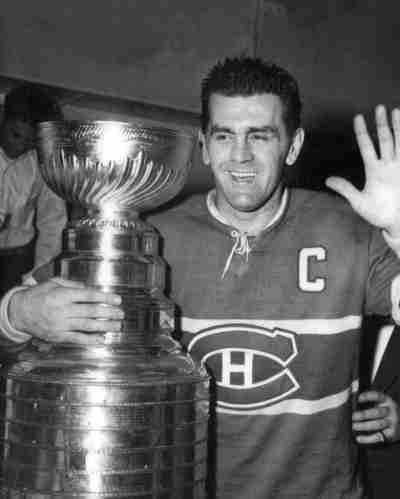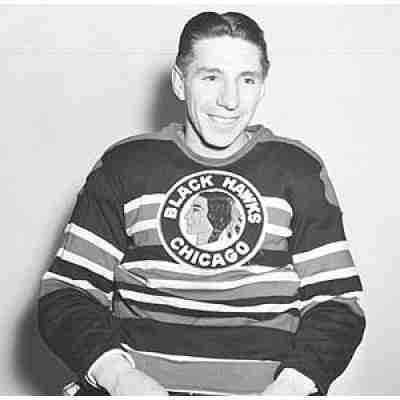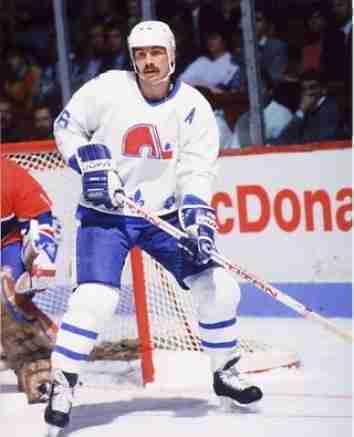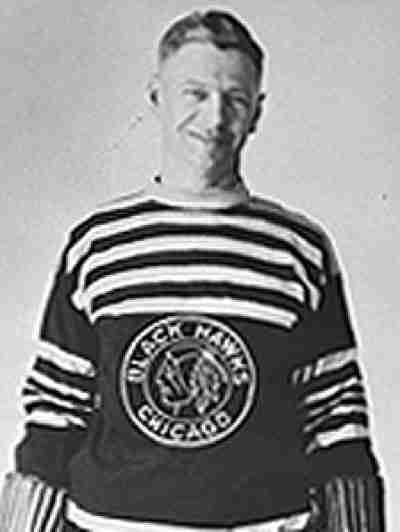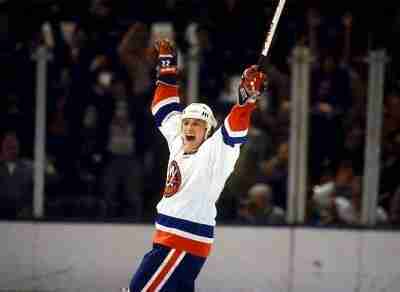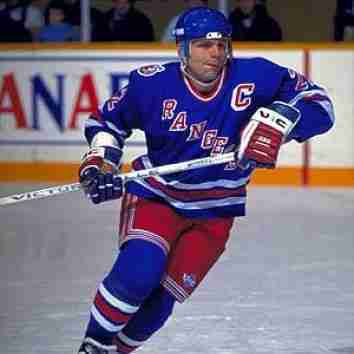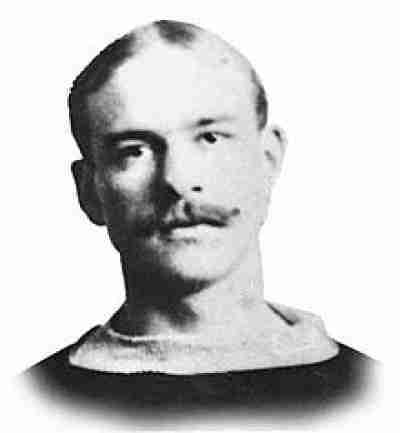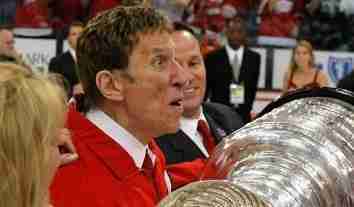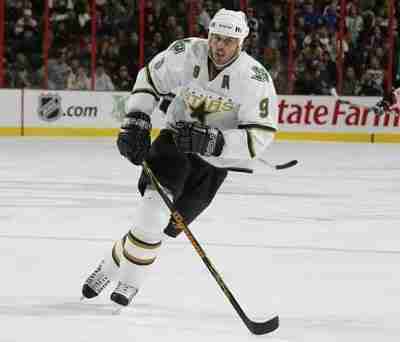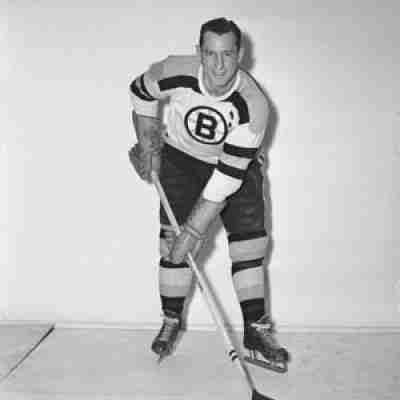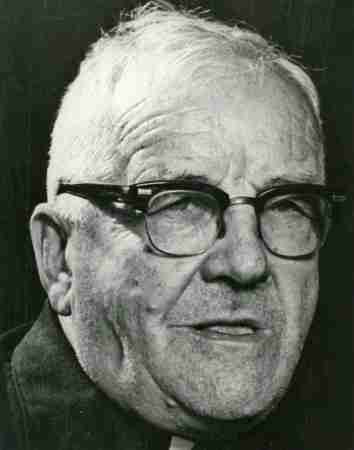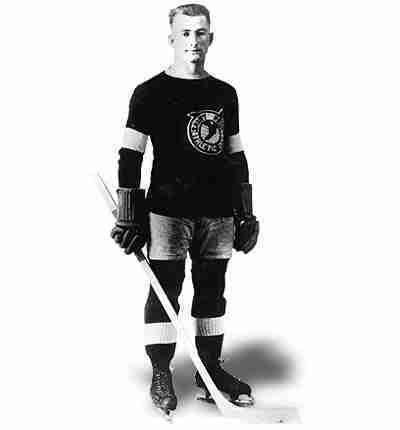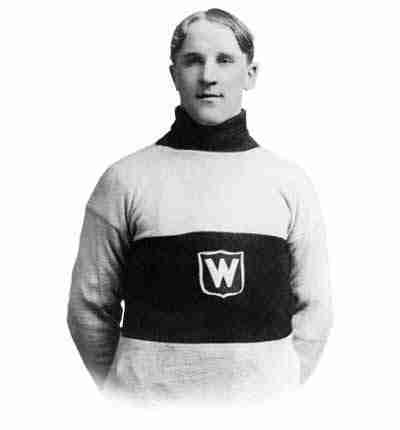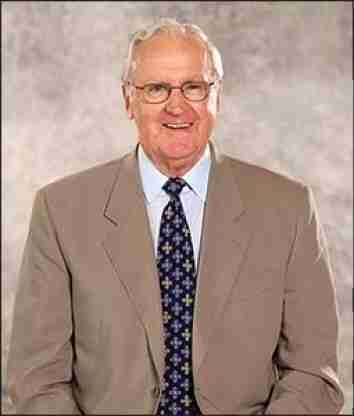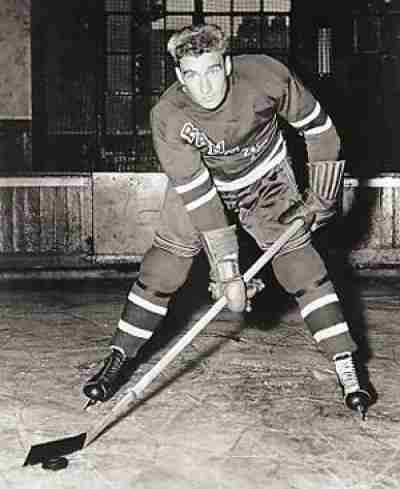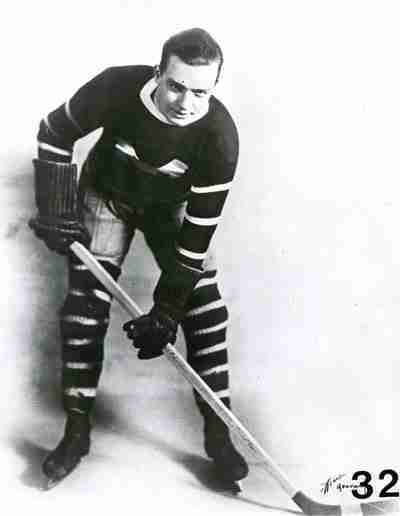Considering that he was undersized and undrafted, the fact that Martin St. Louis had a career in the NHL was a surprise. Considering that he became a superstar was an absolute shock.
A consistent points producer, Marty Barry was one of the more durable players of his era. Barry only missed two games in a ten year span and often found himself in the top ten in scoring. Barry found himself in Motown and was a big part of consecutive Detroit Red Wings Stanley Cup championship in 1936 and 1937.
One of the few stars of the early Ottawa Senators, not to be born in Ottawa (he was from Kingston) Marty Walsh was a very good goal scorer for the team from the Capital City. Walsh may not have gotten as much attention as some of his teammates, but he was certainly a productive player on those championship teams.
The first ever European born number one NHL Draft Pick did not disappoint in the professional ranks. The Swedish born superstar would become one of the greatest hockey players that his country ever produced, and he would become a hero in Sweden and a star in Toronto, the Mecca of the hockey world. Sadly, Mats Sundin was often the lone bright spot for another wise bad team, and he never really came close to winning the Stanley Cup; though he did win the Olympic Gold Medal late in his career in 2006. The two time Second Team All Star finished with a very good 1,349 career points in roughly the same amount (1,346) of games and despite his quiet demeanor was considered one of the great leaders of all time.
The crown jewel of the 1961 Hockey Hall of Fame Class, Maurice “Rocket” Richard had the three year wait for HOF eligibility waived so that he could be enshrined right after he retired. Nobody should dispute that decision as the career of Richard was that important not just to Hockey but to the province of Quebec as well.
The youngest of the Bentley brothers, Max Bentley may have been the most fun to watch. He was one of the best skaters and stickhandlers of his era, and he would often make opponents look foolish with his “dipsy doodle” like play. Bentley would twice win the NHL scoring title twice while a member of the Chicago Blackhawks and won the Hart Trophy in 1943. Chicago however was not a great team, but he would get traded to the Toronto Maple Leafs and was in a position to provide another a unique skill set to an already loaded team. The fans took to him quickly as he did with the city of Toronto. He would go on to win three Stanley Cups with the Maple Leafs.
One of the top Left Wingers of the 1980’s, Michel Goulet brought excitement and hope to the hockey fans of Quebec City. It was not inaccurate to paint Goulet as a natural sniper, as for seven consecutive seasons he was able to net 40 goals and is a member of the elite group that has over 500 for his career. Goulet was capable on the defensive end, as he showed primarily in his veteran years late in his career with Chicago, but fans of the Left Winger will always remember how he was a star with Quebec putting the puck in the net on a regular basis.
Although he did have four seasons in the NHL (culminating in a Stanley Cup win with Boston in his final season), Mickey MacKay made his biggest dent in the PCHL where he was a solid goal scorer and helped the Vancouver Millionaires win the Stanley Cup in 1915. After starring out west for years he wound down his career in the NHL, and though he was not nearly as productive, he was still good enough to help the Bruins win a Cup in 1929.
As the goal scoring machine for the New York Islanders dynasty, Mike Bossy won the Calder Trophy in 1978 and spent the next nine seasons lighting the red lamp on a frequent basis. Bossy would become the second player to net fifty goals in fifty games and would hit the half-century mark in his first nine NHL seasons. More importantly, Bossy would lead his Islanders to four consecutive Stanley Cups.
Mike Gartner is not be the most decorated player, as he holds the distinction of being the only player to enter the Hockey Hall of Fame in his first year of eligibility without ever playing in a Stanley Cup Final, won a post season award or being named to an All Star team. That statement aside, Mike Gartner’s Hall of Fame induction is based on his longevity and consistency over his near twenty years of pro hockey. He would hit the 40 goal mark nine times and would finish with 708 in total. He was known for his speed on the ice and his accuracy with the puck. Gartner’s misfortune of being on a lot of bad teams (mostly in Washington) allowed him to suit up for Canada often in the World Championship, where he excelled. Often, the Hockey Hall of Fame is criticized for allowing a lot of players who may have been stat accumulators, but Gartner did pile up a lot of them!
The captain of the first real dynasty in organized hockey, Mike Grant led his Montreal Victorias a multitude of Stanley Cup victories. A defenceman with very good offensive skills, Grant was also a great ambassador for the game as he organized exhibition games in the United States spreading the sport there. Grant remains the youngest captain to ever hoist the Stanley Cup.
A Detroit based entrepreneur, Mike Ilitch made his mark on the world as the founder of Little Caesar’s Pizza. Despite, the amount of jobs he created, the city of Detroit are probably happier that he bought the Detroit Red Wings. When he bought the team, the Original Six squad was referred to as the “Dead Things” Or “Dead Wings” and they were the dregs of the NHL. It did not happen overnight, but slowly through clever marketing and shrewd hiring; Detroit reclaimed its spot as “Hockeytown U.S.A.” and became a powerhouse in the NHL capturing multiple Stanley Cups. What more could you want from your owner?
The first player selected in the 1988 NHL Draft, Mike Modano would go on to have a very fruitful career as the highest scoring player all time by an American born player. Modano would take the Dallas Stars to their first ever Stanley Cup Championship in 1999 and would also be named to a Second Team All Star squad.
The Centre of Boston’s famed “Kraut Line”, Milt Schmidt was a study in contrasts. His hardnosed play was combined with stellar playmaking and as such was the lynch pin to two Bruins Cup victories in 1939 and 1941. Schmidt would serve his country in World War II and lost three productive seasons of professional hockey, but would return as an effective force and won the coveted Hart Trophy as the NHL’s Most Valuable Player in 1951.
Why do feel wrong questioning the credentials of a Monsignor for the Hockey Hall of Fame? It is not that Monsignor Athol Murray did not do a lot for sports in Saskatchewan as he did for the young boys in Saskatchewan when he went there. He developed many athletic programs, including that of Hockey in the Notre Dame College in the province. As such, many eventual NHL players would be developed from his initial work, but it was not like he was there just focusing on hockey, nor was he the man who trained many of those future stars. Frankly, this just feels more like a feel good story, than a legitimate induction.
Although he never played in any organized league in Canada, Moose Goheen was an amateur legend in Minnesota. Goheen played for years in Minnesota leading the St. Paul Athletic Club to McNaughton Trophy (symbolic of the top team in U.S. Amateur Hockey) in consecutive years and likely would have won more had he not entered the U.S. Army in World War I. Goheen would return and star for the States in the Olympics help scoring seven goals and winning a Silver medal for his country. Eventually, he would turn pro, but turned down overtures to play in the NHL so that he could play locally for St. Paul in the AHA. Goheen’s star would likely be higher in the memory banks of the hockey world had he played in the National Hockey League.
A gifted scorer for the Montreal Wanderers dynasty that won four Stanley Cups in the late 1900’s, Thomas “Moose” Johnson essentially had two distinct careers in organized hockey. Johnson moved west to the Pacific Coast Hockey Association and shifted from Left Wing to Defense yet remained a perennial All Star. His other claim to fame was the use of what is believed to be the longest stick in history (there were no regulations at the time) which gave him a reported 99 inch reach.
Murray Costello played 162 NHL games in the 1950’s and was a top executive in the Western Hockey League, but these are not the reasons that he was selected to the Hockey Hall of Fame in 2005 as a builder. Primarily, it was his near twenty year stint as the President of the Canadian Amateur Hockey Association that got him in. In that period, he saw the merging of the CAHA and Hockey Canada to put together a more cohesive program. Costello also was a member of the Hockey Hall of Fame’s Board of Directors (OK, that might have helped got him in too), and was once a member of the selection committee.
The first player to be named to a post season All Star team in two positions (first as a Centre, then at Defence) Neil Colville just looked comfortable regardless of his position on the ice. He came up with the New York Rangers (where he would spend his entire pro career) and he would soon centre the “Bread Line” which was consisted of his brother Mac and Alex Shibicky. Colville’s playmaking skills helped the Rangers capture the Stanley Cup in 1940, but the man who was nicknamed “Frosty” participated in World War II and lost a few years due to the war. When he came to play in the NHL he was a step slower, but still found a way to become very productive.
The man nicknamed “Old Poison” (and isn’t that one of the coolest nicknames you ever heard), retired as the NHL’s leading goal scorer in 1940 and held that status for twelve years. Nels Stewart was not just a great scorer, but an overall talented tough guy who was a physical presence everywhere on the ice. Stewart won the Hart Trophy twice as the league’s Most Valuable Player and led his Montreal Maroons to the Stanley Cup in his first year playing with the big boys. Although this would be Stewart’s lone Cup, he would remain a prolific goal scorer for his duration in professional hockey. Curiously, Stewart was never selected to a post season All Star roster perhaps due to playing for only one Cup winner and his less than sunny disposition. Regardless, Nels Stewart is a rightful inductee to the Hockey Hall of Fame and did not have to wait too long for the accolade. Furthermore, he was the cornerstone of the 1952 class, and honor he rightfully deserved.


